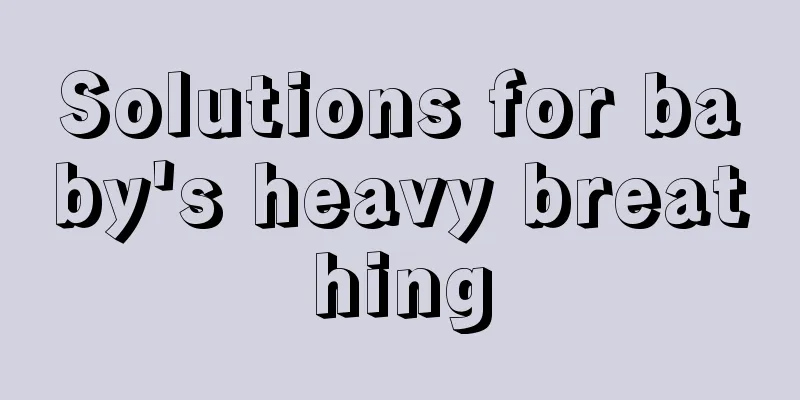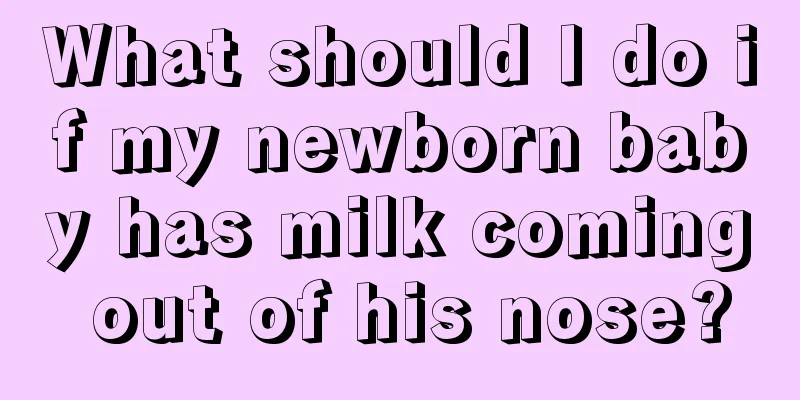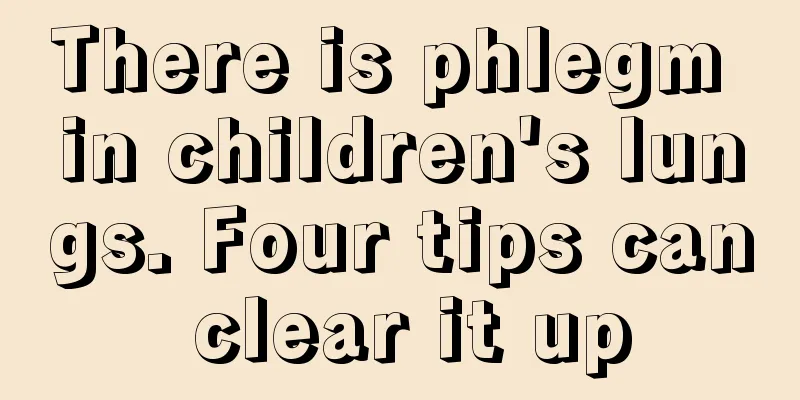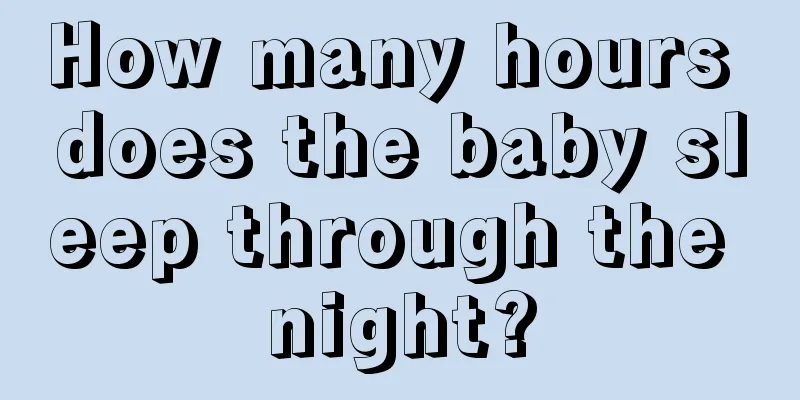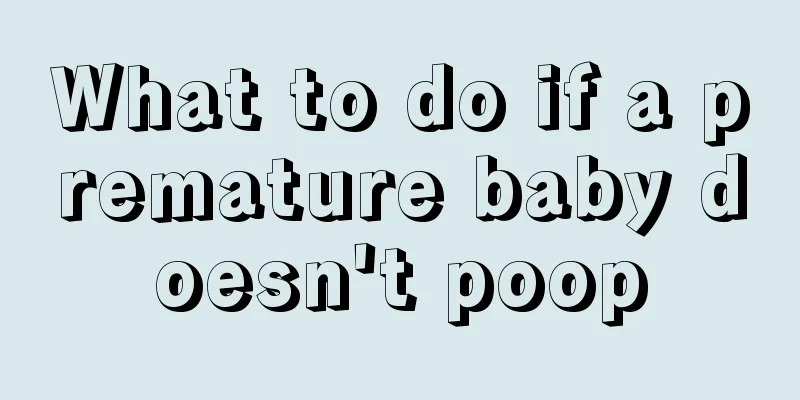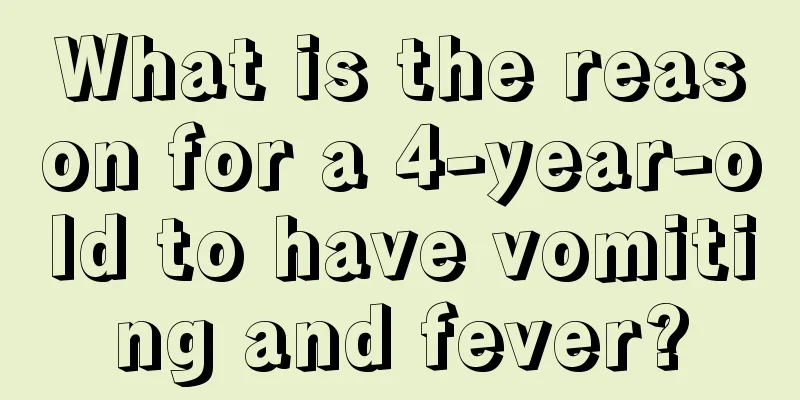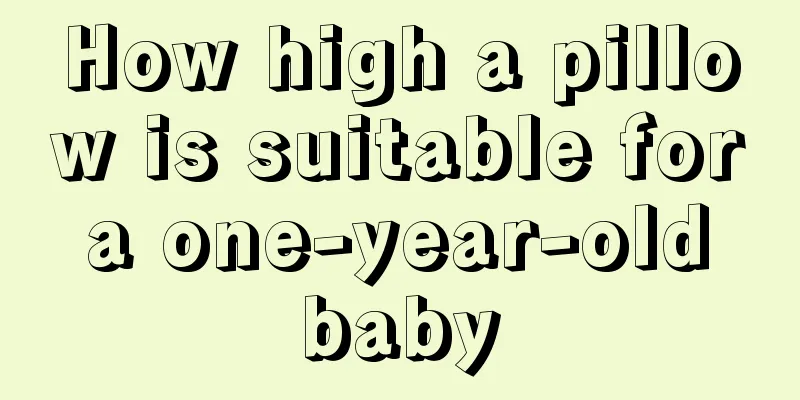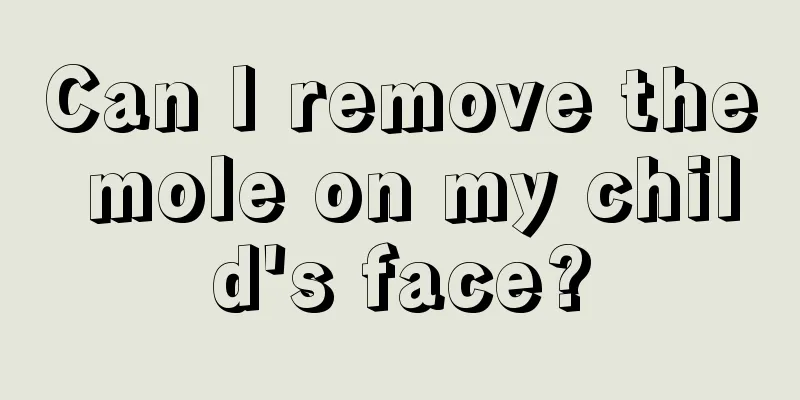Difference between wheezing and asthma in children
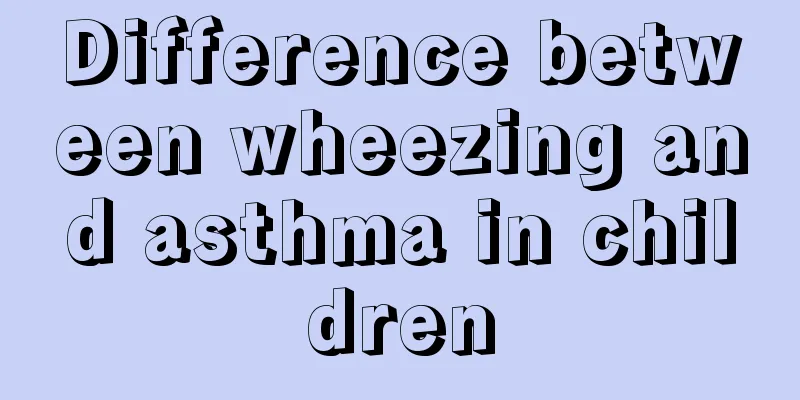
|
Asthma is a disease that is very difficult to cure. Even in clinical medicine technology, asthma cannot be cured at all. We can only rely on some drugs to relieve the condition and prevent attacks. Asthma is mainly a hereditary respiratory disease, but many parents with children cannot tell the difference between their children's wheezing and asthma. They think that their children's breathing difficulties may be asthma. Today we will introduce to you the difference between asthma and wheezing in children. Clinical manifestations Since children often have poor or no ability to express themselves, many prodromal symptoms can only be transmitted by family members or observed by doctors. The clinical manifestations are mainly as follows: (I) Premonitions and early manifestations When children are stimulated by allergens, cold air or other triggers, they often first show symptoms of upper respiratory tract allergies, such as itchy eyes, itchy nose, sneezing, runny nose, etc. Since infants and young children have difficulty expressing itching, they often only show symptoms such as rubbing their eyes and noses. Further symptoms include itchy palate, itchy throat, dry cough and choking cough. These symptoms can often precede an asthma attack, lasting hours or days. (II) Typical manifestations during an attack
Sudden onset of wheezing is the main feature of childhood asthma. The wheezing symptoms of childhood asthma vary greatly depending on the severity of the asthma. Children may have high-pitched wheezing that can be heard without a stethoscope or at a certain distance. The respiratory rate increases and breathing becomes difficult. Infants and young children may breathe through their mouths with flaring nostrils. Many children may have cough, which is usually dry cough at the beginning, and white mucous sputum is coughed up when the attack subsides. In severe attacks, the patient may show irritability, cyanosis, pale complexion, and cold sweats. Physical examination revealed three-recess sign, increased heart rate, and wheezing in both lungs. Further aggravation may lead to symptoms of heart failure such as distended neck veins, edema, small bubbling sounds in the middle and bottom of the lungs, and enlarged liver. Children with chronic asthma may have signs of emphysema, such as barrel chest and tympanic sound on chest percussion. 3. Symptoms of remission Dog hair triggers asthma During the remission period, children with asthma may have no symptoms or signs, no impact on activities, or only show symptoms of allergic rhinitis and pharyngitis. A small number of children may experience chest discomfort, with or without wheezing in the lungs. Those with long-term recurrent attacks may have symptoms such as emphysema. Early warning signs Children with asthma do not show symptoms of asthma from the beginning; they usually have a period of prodromal symptoms. The following can serve as warning signs of asthma in children: 1. Recurrent coughing for more than one month, mainly in the morning and at night, the cough is often irritating and dry, without much sputum. 2. An irritating dry cough is likely to occur after exercising, inhaling cold air or drinking cold drinks. 3. Recurrent chest tightness, which is aggravated by colds or after exercise. 4. Allergic to certain smells (such as decoration smells, toilet cleaners, perfumes, styling mousse, etc.), causing sneezing and coughing. 5. Allergic to seafood, certain tropical fruits, some medicines, or intolerant to eggs or milk powder in infancy (often manifested as crying, vomiting, diarrhea, severe and recurrent eczema, and failure to gain weight). 6. There are symptoms of allergic rhinitis such as frequent sneezing, runny nose, nasal congestion, and nasal itching, which are often manifested by lifting the nose, rubbing the nose, and picking the nose. 7. There is a clear history of eczema. 8. Have a family history of allergies (need to ask whether relatives within three generations have allergic diseases). 9. Increased peripheral blood eosinophils. |
<<: What disease is it that causes white spots on children's bodies?
>>: The child has no hair on his head
Recommend
What to do if a boy has a hunchback?
Many people think that hunchback only occurs in t...
5-year-old baby's fingers peeling
Every parent hopes that their children can grow u...
What are the anti-inflammatory drugs for children's colds?
Children are most likely to develop cold symptoms...
My 6-year-old child cannot speak clearly
There are many babies who cannot speak clearly. G...
Why does my six-month-old baby have a cough and runny nose?
Nowadays, every child is the treasure of the fami...
Baby's fingers are fleshy and prone to wrinkles
The baby's fingers are chubby and very cute. ...
Tips for children to prevent heatstroke in summer
When the weather is extremely hot in summer, even...
What causes blue eye sockets in newborns?
We all know that it takes a woman ten months of p...
Diet therapy for children's cough, these seven recipes are very valuable
Infants and young children often have symptoms of...
What is the development standard of a 15-month-old baby?
For parents who have a 15-month-old baby at home,...
Newborn baby
Newborn babies need attention in care. At the sam...
Why do children cough at night?
Coughing is not a good thing. A mild cough will m...
How to treat abscesses on children's gums?
During the growth and development period of child...
Can rhinitis cause coughing in children?
Children with chronic rhinitis cannot clear their...
How to make nutritious soup for children?
Soup is a kind of juice that comes out when we co...

